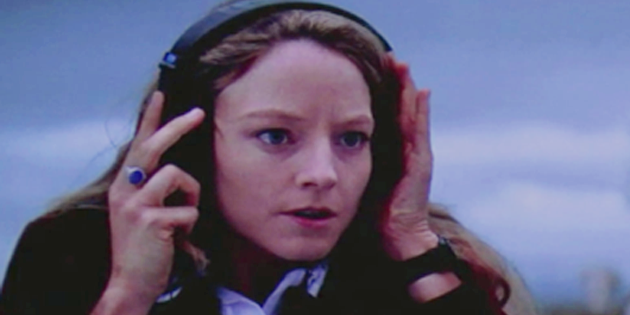
Radio astronomers! Listen to your data! Enlist a new neural network to find new meaning. Or at least make something interesting. PAPER data sounded like a mid-century modern apocalypse computer thinking manicly out loud. HERA data sounds even weirder.
The sounds you hear are the cross correlations between HERA antennas at 117MHz. The signal is 99.999% foregrounds like our galaxy and billions of other galaxies. In fact, its mostly one or two very bright ones, the biggest being Fornax A. The tonality you hear derives from the rate at the sources appear to move. Pairs of antennas experience sky sources as tones with a pitch proportional to dish separation. The sound clip plays pairs of antennas roughly in distance sorted order, close together antennas turn into longer antennas.
The sound itself is a strange wobbly moaning. Punctuated by scratchy pops like an old record the frequency spins steadily higher. I hear a recording from the Pelagic Abyss as a Deep Old One activates its arcane machinery.
Technical details
It is not obvious how to best sonify HERA data. Interferometers like HERA measure the cross correlation between antennas. For each pair of antennas, frequency channel, polarization and time we get a complex number. Somehow we have to choose a way to coerce this five dimensional data set into a one dimensional time series to be played as a sound. There are a few sensible ways to do this. Interested nerds see this jupyter notebook memo for details.